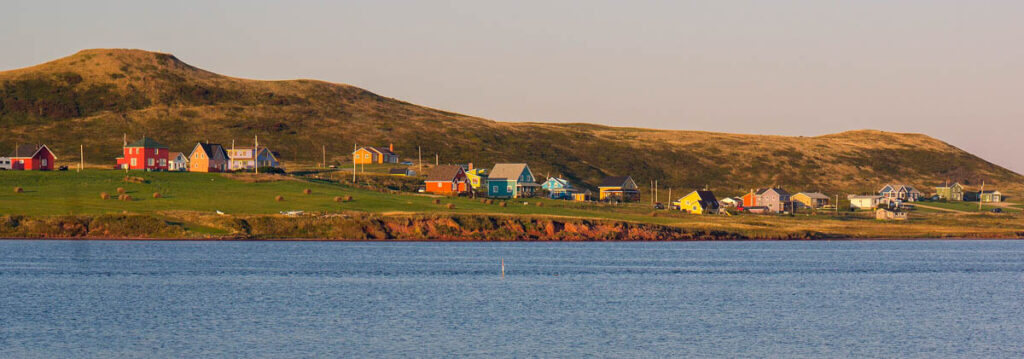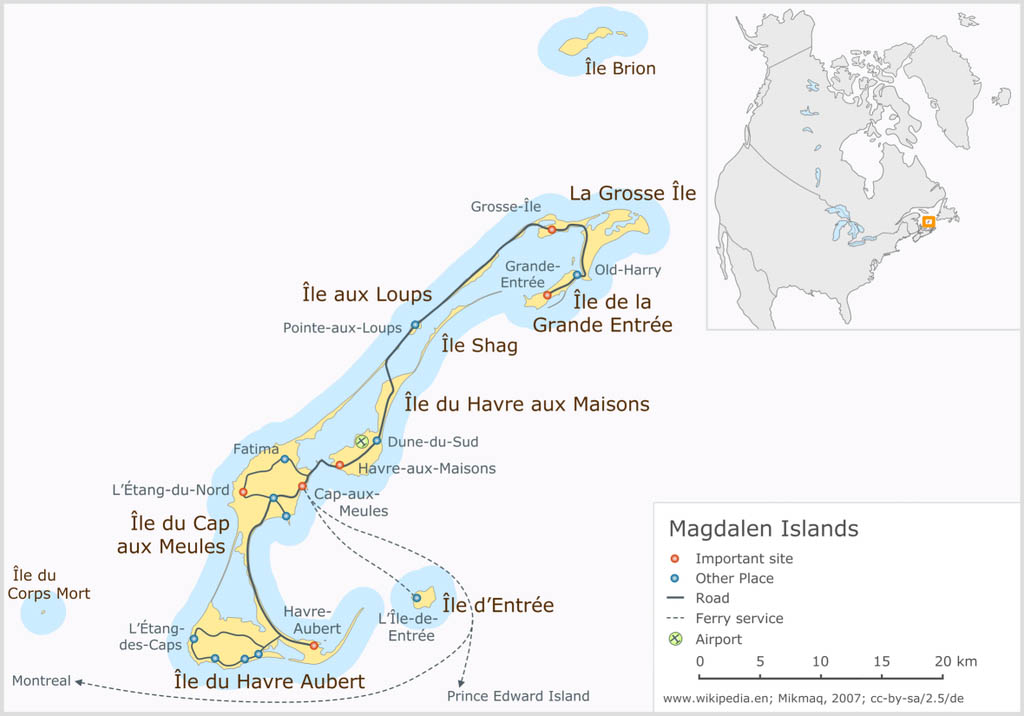A diver is someone who swims under water while wearing special breathing equipment. Why?
Scuba diving allows you to move freely underwater, giving you the impression that you are a part of the marine life. Another advantage of diving is that it is the closest thing to flying. Not having to deal with gravity makes you feel weightless and flying into the sky.
If you ask a diver why they dive, the answer may be to see shipwrecks and get a glimpse of history that non-divers can only read about. Shipwreck hunters can be found all over the world, and many will tell you that discovering a new shipwreck was their most thrilling experience.
A team of divers searching the waters off Quebec’s Magdalen Islands this summer claims to have discovered seven shipwrecks dating back to the 1800s. These were discovered between May and July. It was definitely an exciting experience! Five of the seven wrecks appear to be small schooners of 12 to 15 meters in length, with the remaining two measuring 40 meters. So, why is this discovery being made now? Changes in ocean currents and severe storms, such as last year’s post-tropical storm Fiona, are thought to have swept away the sand that had hidden shipwrecks. The ocean floor, however, is “vast,” and it’s possible that the wrecks were simply missed.
Hundreds of ships are thought to have sunk in the Gulf of St. Lawrence near the Magdalen Islands :: a 12-island chain or group of islands located between Prince Edward Island and Newfoundland — but the majority of their final resting places are unknown.
Magdalen Islands
The Magdalen Islands are a small archipelago in the Gulf of Saint Lawrence, covering 205.53 square kilometres (79.36 square miles). While the islands are part of Quebec, they are closer to the Maritime provinces and Newfoundland than to the Gaspé Peninsula on the Quebec mainland. The islands are part of Mi’kma’ki’s Epegwitg aq Pigtug district, which is known as Menagoesenog by the Mi’kmaw Nation. Amherst, Grande Entrée, Grindstone, Grosse-Île, House Harbour, Pointe-Aux-Loups, Entry Island, and Brion are the eight major islands; all but Brion are inhabited. Other tiny islands included in the archipelago include Bird Rock (Rocher aux Oiseaux), Seal Island (Île aux Loups-marins), Île Paquet, and Rocher du Corps Mort.
Some of the islanders are descended from survivors of the islands’ more than 400 shipwrecks. Some of the historic homes were built with wood salvaged from shipwrecks.
Until the twentieth century, the islands were completely isolated during the winter because pack ice made the journey to the mainland by boat impassable. There was no way for the islands to communicate with the mainland. An underwater cable was installed to allow telegraph communication, but the cable broke in winter 1910, re-isolating the islands.

To ensure winter communication, the government built new wireless telegraph stations on the Magdalens within a few years. Every tourist shop sells replicas of the puncheon, which became famous as a symbol of survival.
With ever-improving technology, scuba gear, cameras, and underwater sonar devices, this will not be the last discovery of “multiple” shipwrecks in one area.







